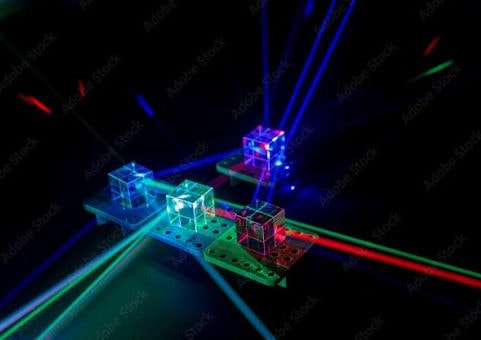Precision Optics and Thermal Control: The Role of Hot Mirrors in Advanced Optical Systems
Created at : Jun 05 2025
Understanding Optical Mirrors
Optical mirrors are precision components that reflect light based on the law of reflection, which states that the angle of incidence equals the angle of reflection. These mirrors play a vital role in manipulating light paths within optical systems. There are several types of mirrors:
- Plane Mirrors: Flat surfaces producing virtual, upright, and laterally inverted images.
- Concave Mirrors: Curved inward to converge light at a focal point, commonly used in telescopes and headlights.
- Convex Mirrors: Curved outward to diverge light, ideal for wide-angle applications like vehicle side mirrors.
Mirrors are typically made from glass substrates coated with reflective materials such as aluminum or silver. Advanced optical systems may use first-surface mirrors to eliminate unwanted secondary reflections.
What Are Hot Mirrors?
Hot Mirrors are a specialized type of optical mirror designed to reflect infrared (IR) light while transmitting visible wavelengths. They incorporate a dichroic filter coating—a multi-layer interference coating that selectively reflects specific wavelength ranges based on constructive and destructive interference.
Key Characteristics:
- Function: Reflects IR (750–1250 nm), transmits visible light (425–675 nm).
- Performance:
- Over 93% transmission in the visible range.
- Over 95% reflection in the IR range.
- Angles of Incidence: Typically designed for 0° to 45° use.
- Substrates: Sterling Precision Optics uses high-quality materials such as Schott Borofloat, fused quartz, and fused silica for durability and thermal stability.
Applications of Hot Mirrors
Hot Mirrors are used in systems where heat management is critical to performance or longevity:
- Medical & Surgical Lighting: Bright spotlights benefit from reduced IR to prevent tissue overheating or component damage.
- Microscopy: Acts as a dichromatic beam splitter, isolating visible imaging from heat-producing IR.
- UV Curing Systems: Controls heat while maintaining strong visible light output.
- Projection Systems & Illumination: Protects optics and sensors by reflecting back unwanted IR.
By filtering IR light before it reaches heat-sensitive components, Hot Mirrors extend system life, preserve image quality, and improve user safety.
Conclusion
Optical mirrors, from simple flat reflectors to advanced heat-filtering Hot Mirrors, are essential to countless applications in science, medicine, and engineering. Hot Mirrors, in particular, offer targeted thermal control without sacrificing optical clarity, making them indispensable in high-intensity and precision systems. With custom coatings and substrates tailored for demanding environments, they represent a critical innovation in modern optical design.

 CUSTOM OPTICAL FILTERS
CUSTOM OPTICAL FILTERS
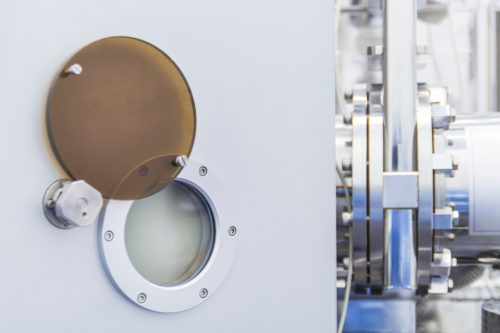 OPTICAL WINDOWS
OPTICAL WINDOWS
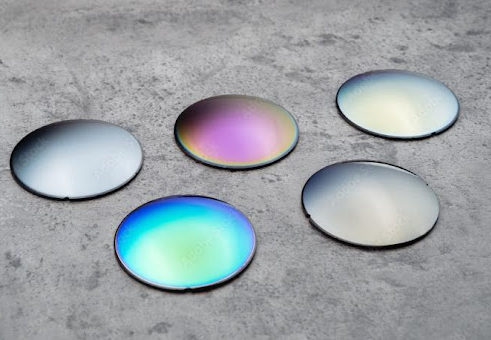 OPTICAL COATINGS
OPTICAL COATINGS
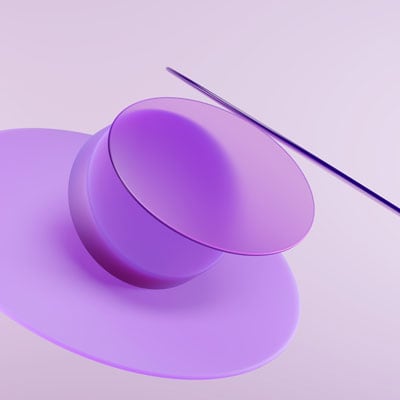 UV OPTICS
UV OPTICS
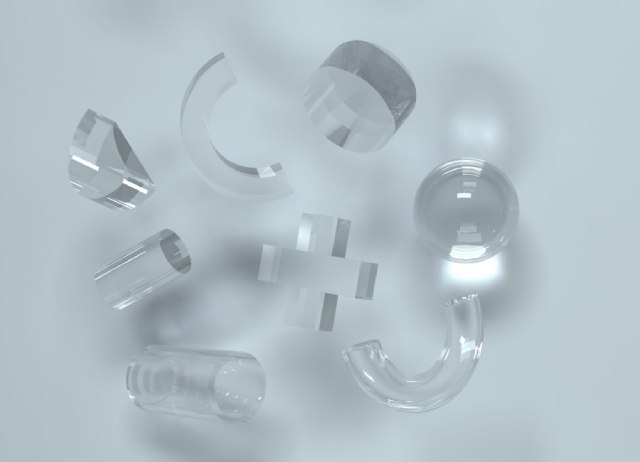 CYLINDRICAL OPTICS
CYLINDRICAL OPTICS
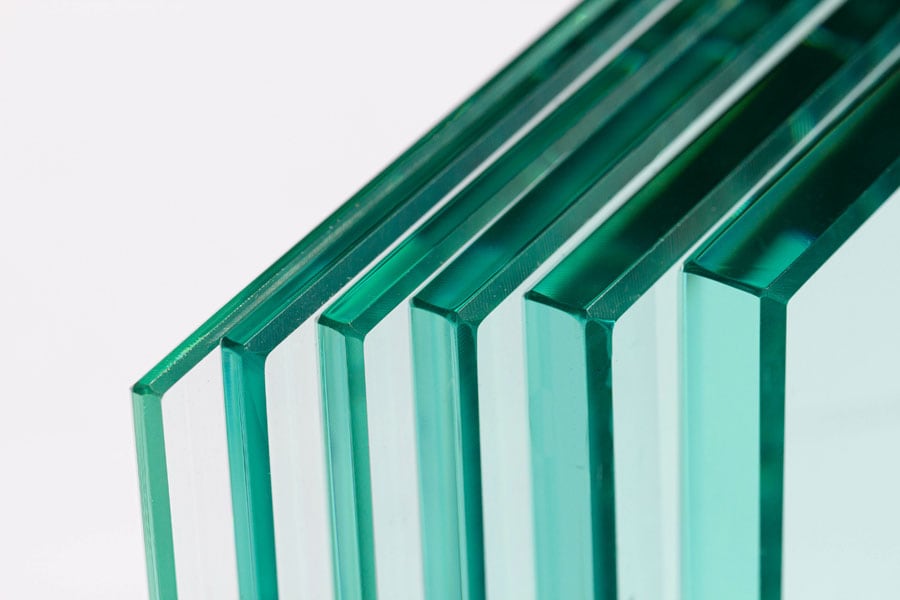 CUSTOM TEMPERED OPTICS
CUSTOM TEMPERED OPTICS
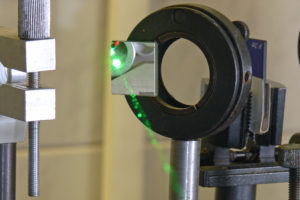 OPTICAL MIRRORS
OPTICAL MIRRORS
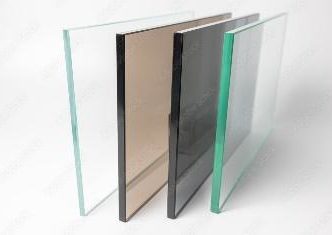 NEUTRAL DENSITY
NEUTRAL DENSITY
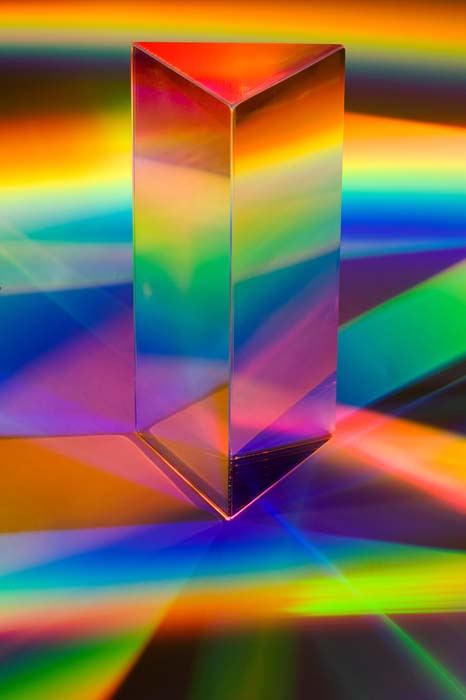 PRISMS & RETROREFLECTORS
PRISMS & RETROREFLECTORS
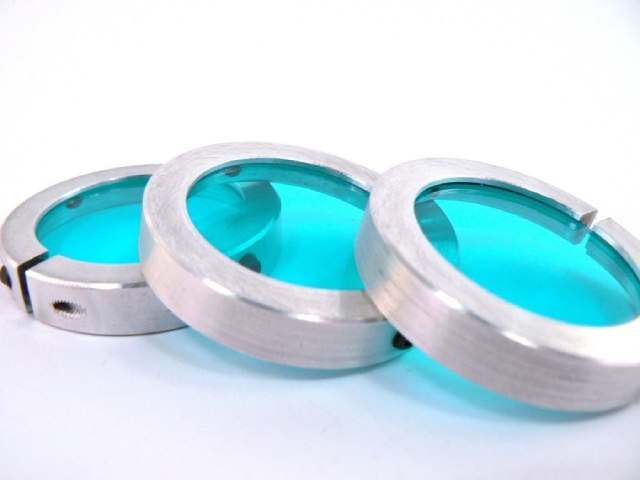 ASSEMBLIES
ASSEMBLIES
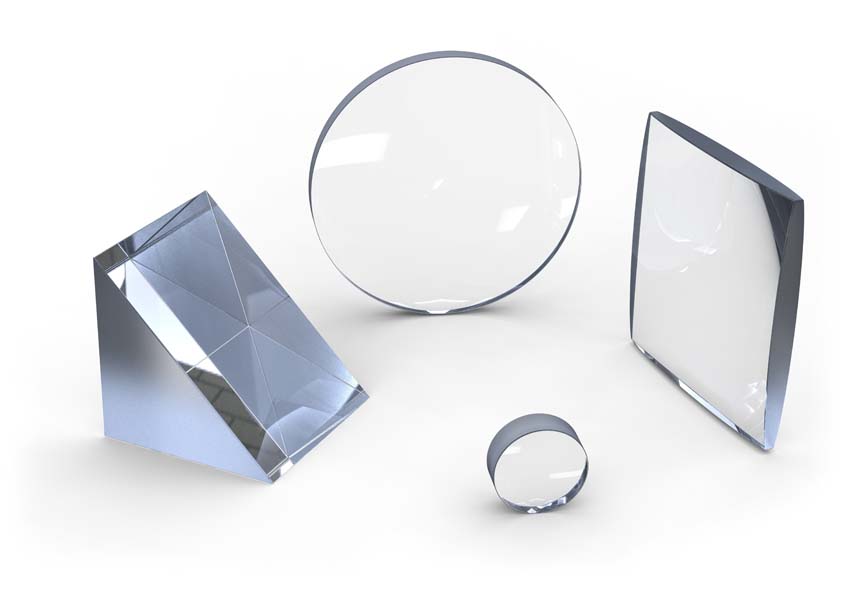 OPTICAL LENSES
OPTICAL LENSES
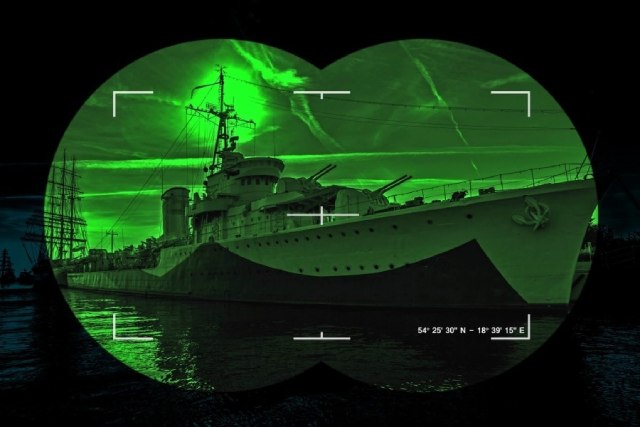 NIGHT VISION FILTERS
NIGHT VISION FILTERS
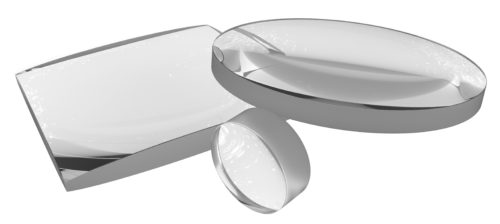 ACHROMATIC LENSES
ACHROMATIC LENSES
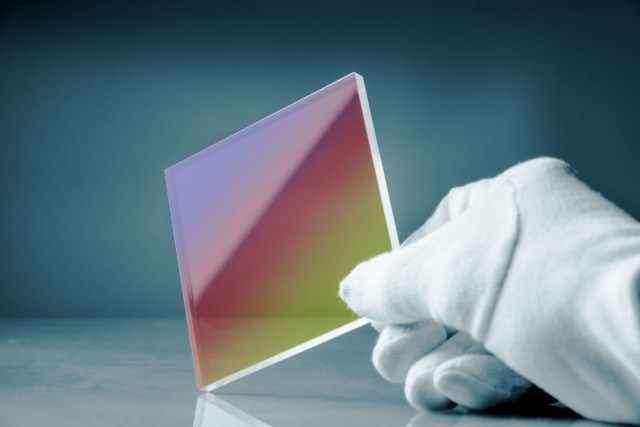 OPTICAL BEAM SPLITTERS
OPTICAL BEAM SPLITTERS
